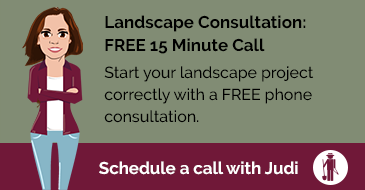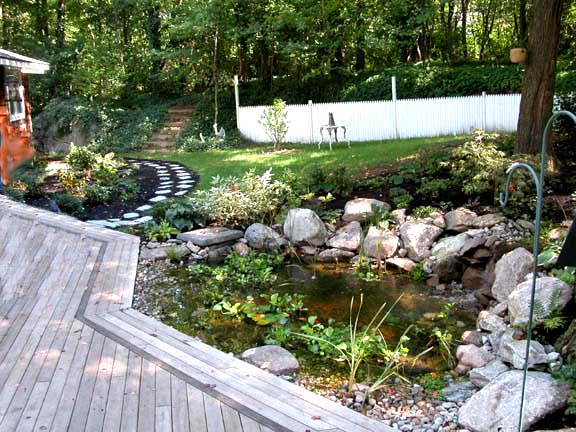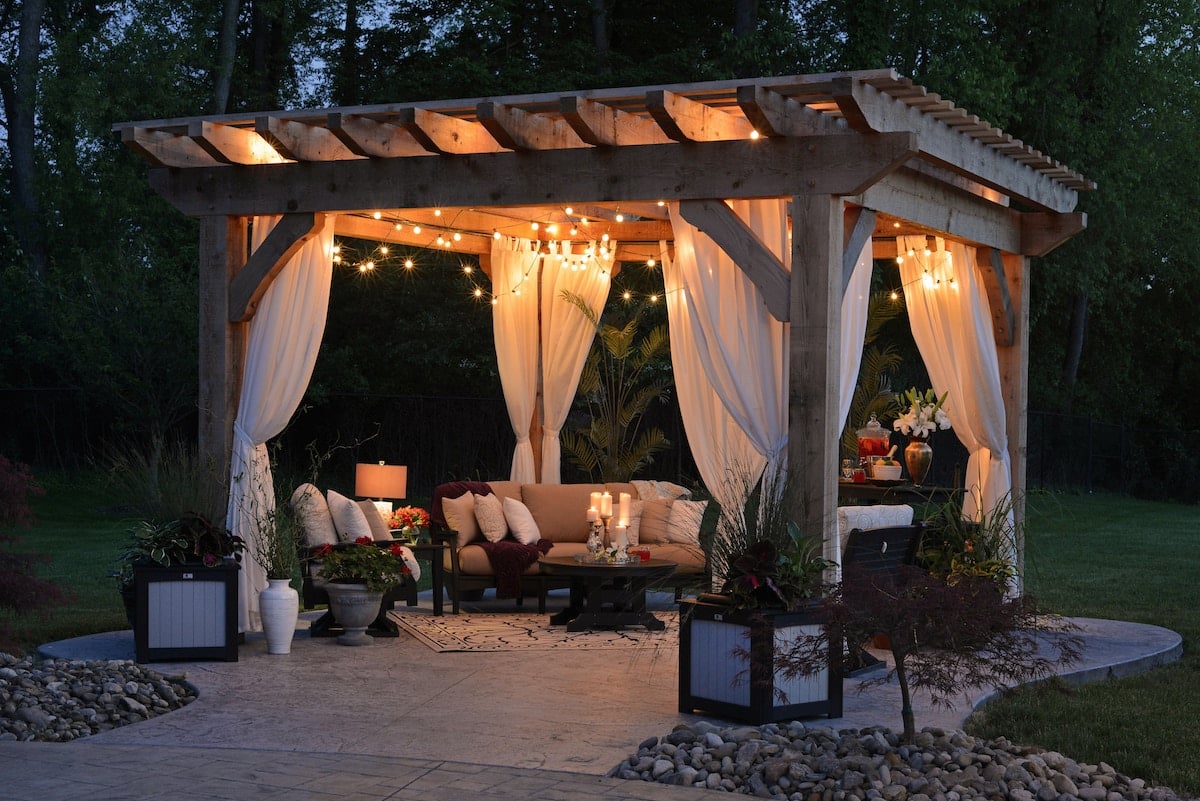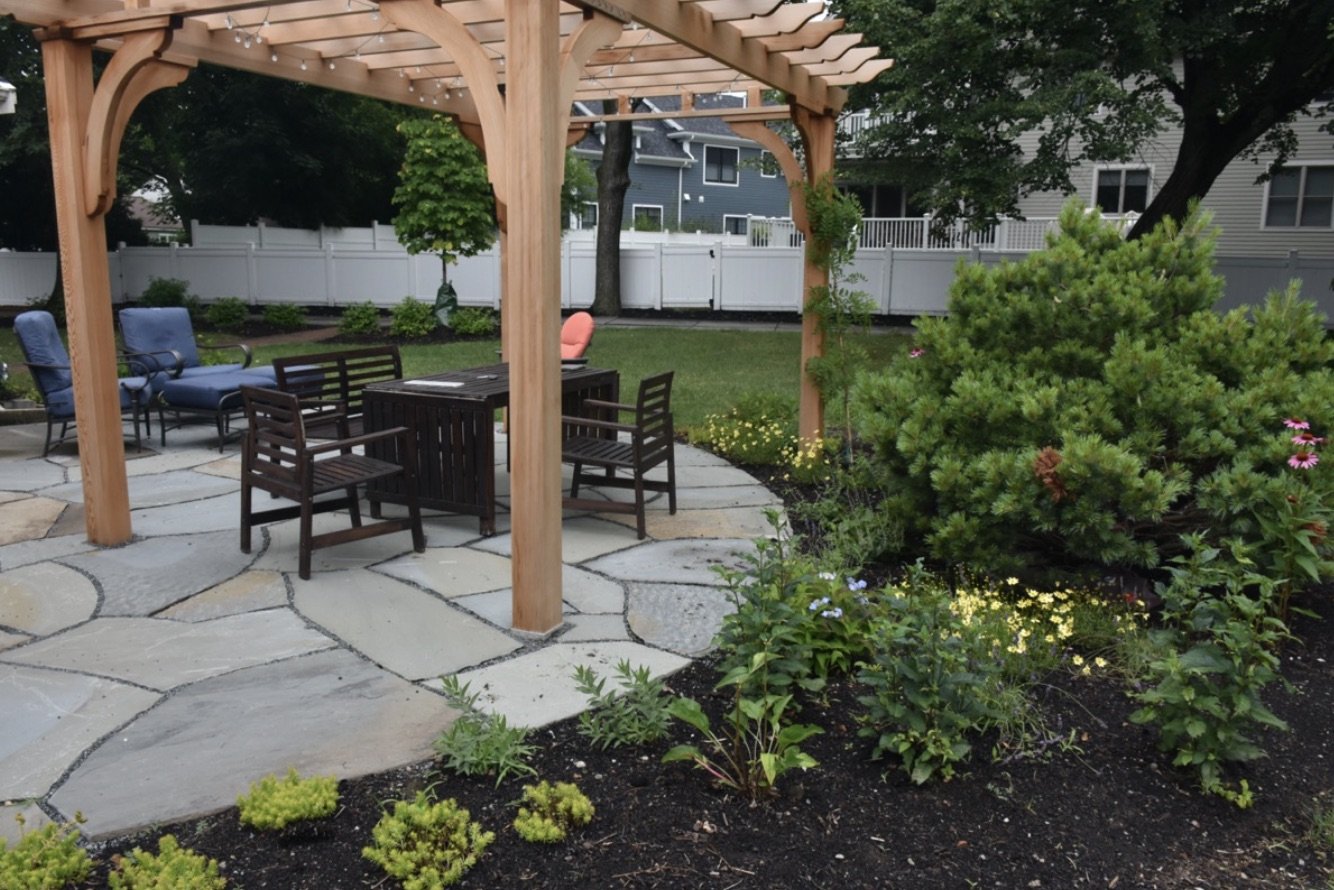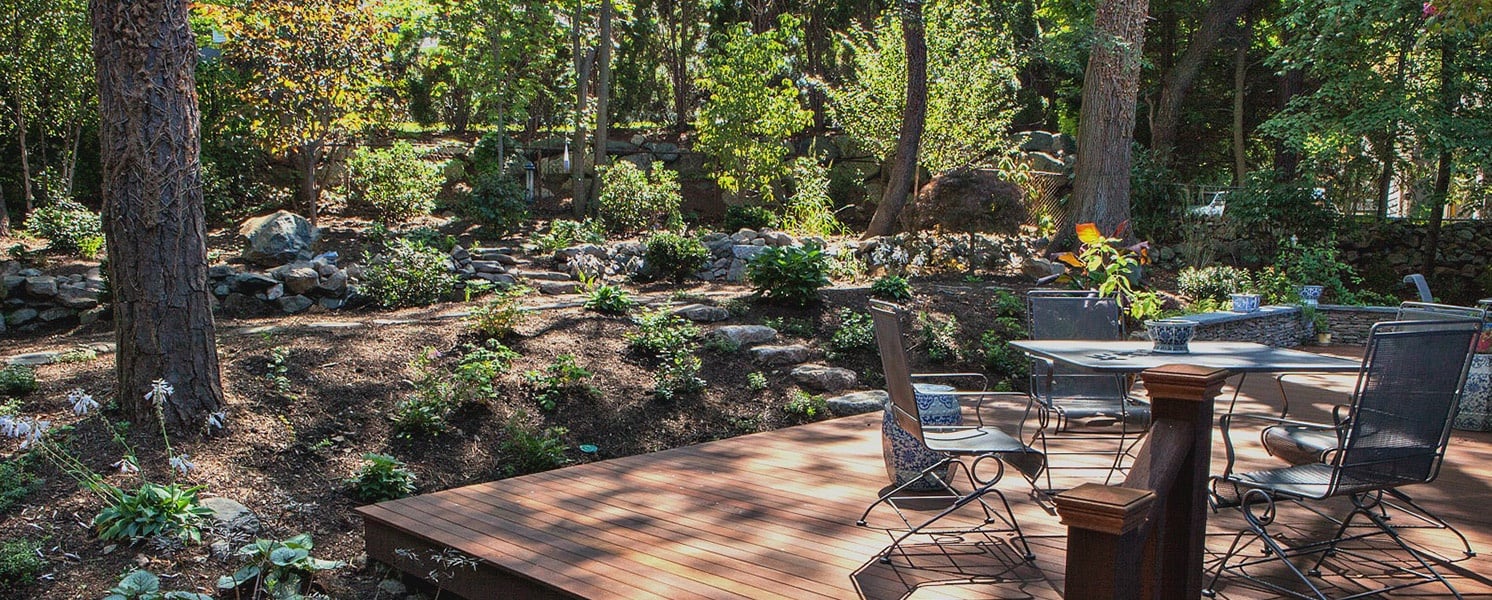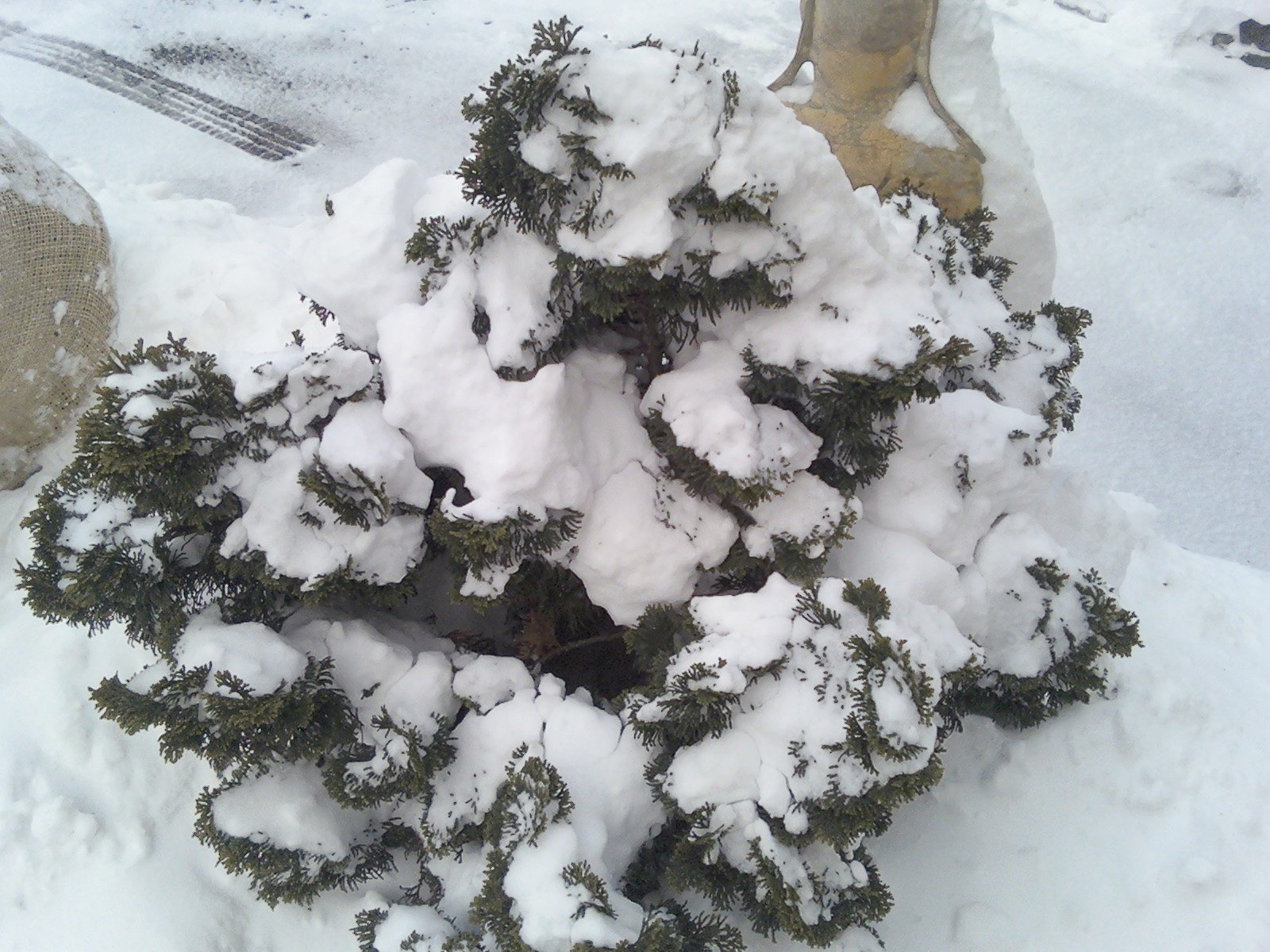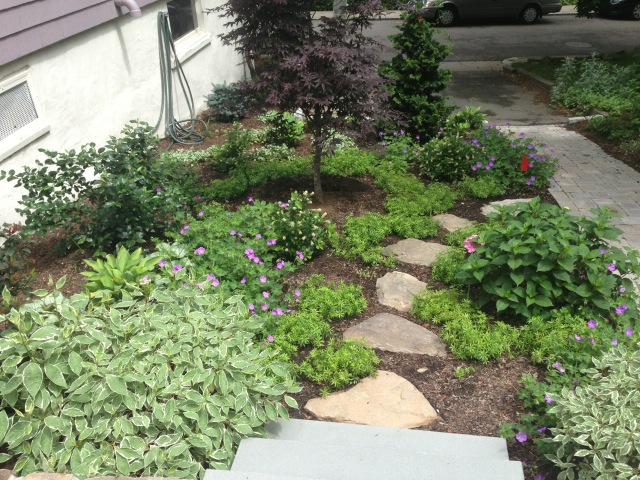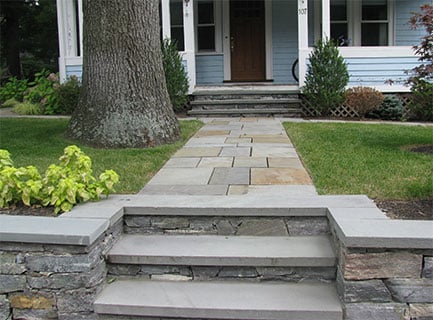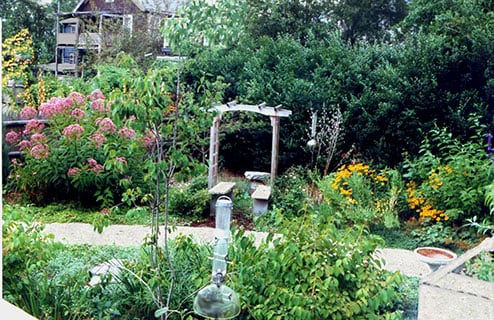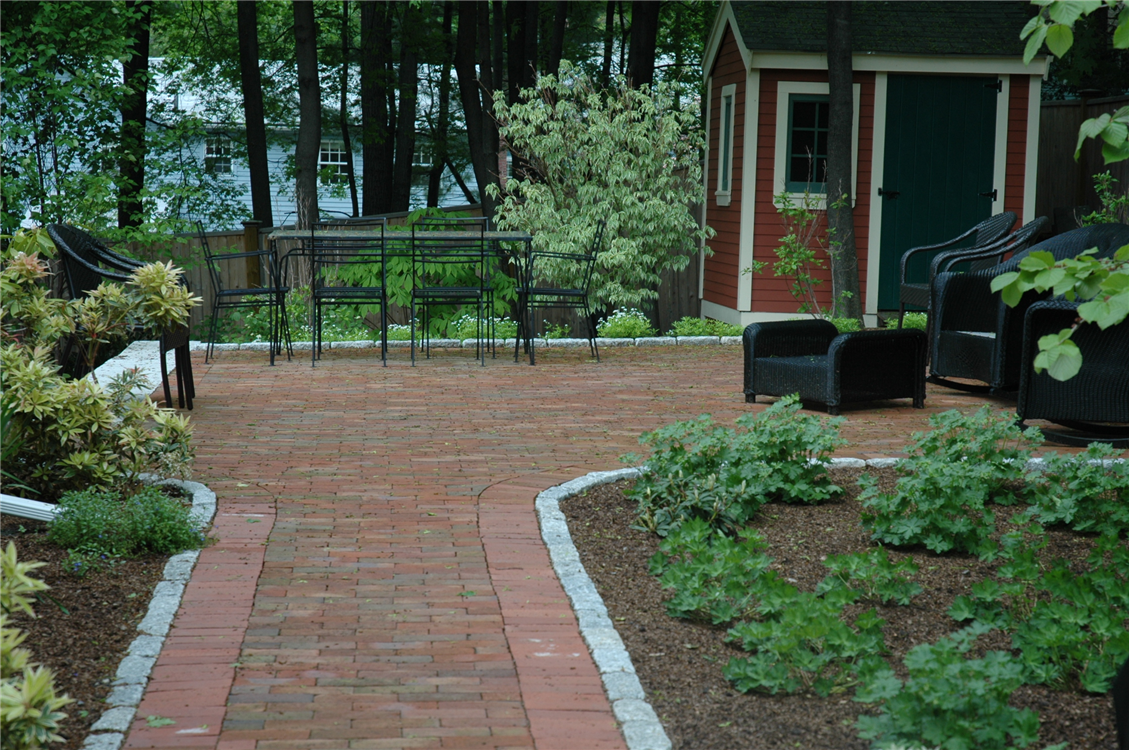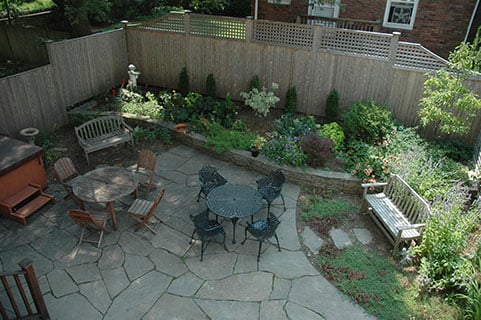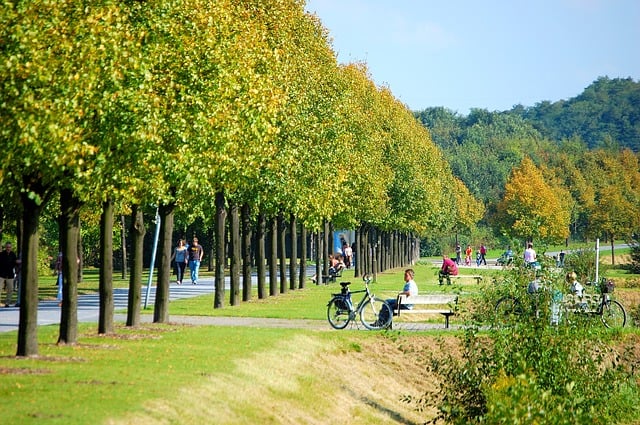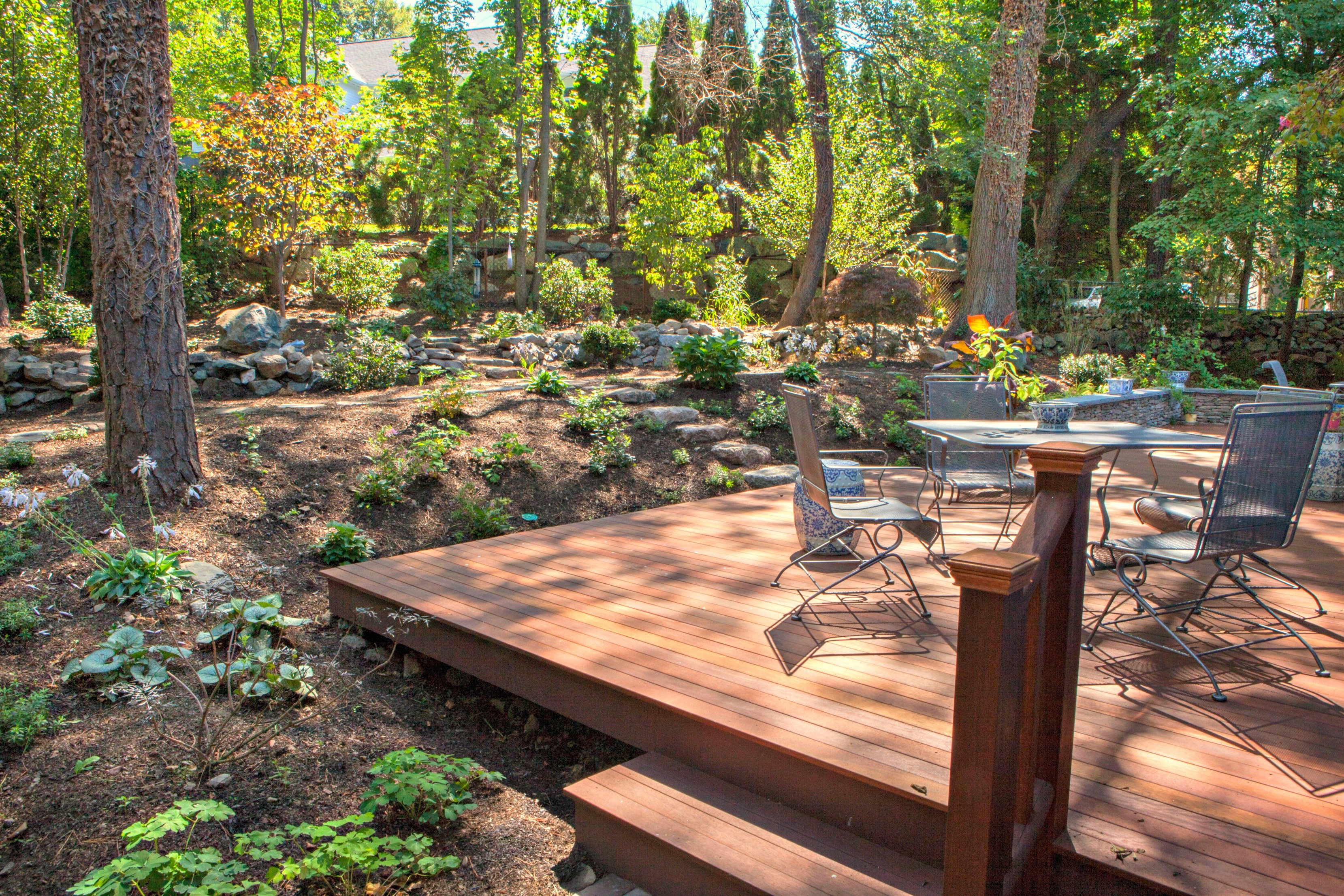A native plant is one that grows naturally in a particular region, ecosystem, or habitat. Native flowers, grasses, vines, trees, and shrubs grow best in the areas where they have evolved.
In our region, or zone, examples are coneflower, blue-eyed grass, mountain laurel, sugar maple, and swamp azalea. These are only a few of the thousand of native choices available to prosper in your yard.
So, why would you want to grow native plants in your yard? Let me explain.
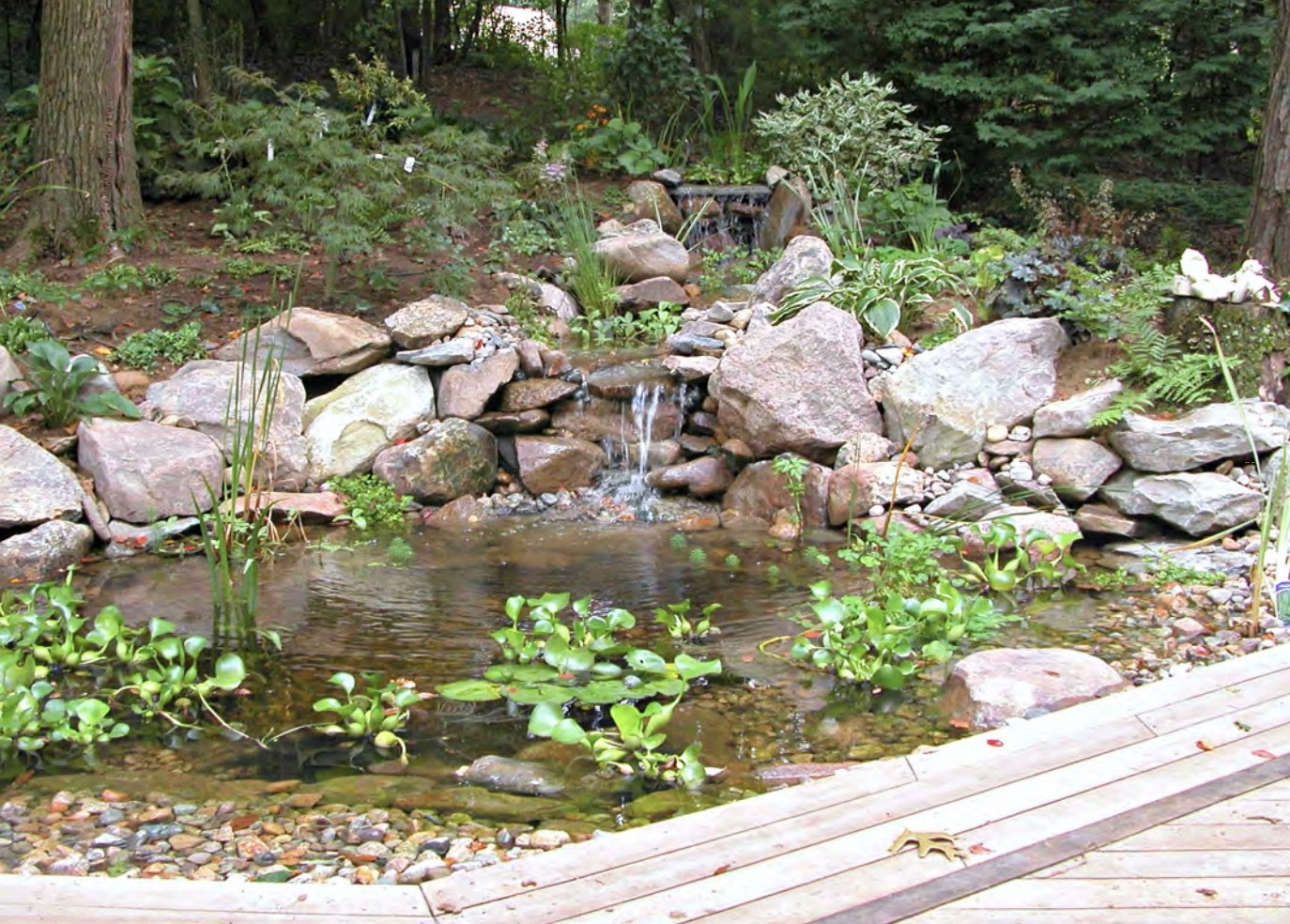
Native plants are vital to the ecosystem, that community of living organisms which depend on each other and the environment to survive. For example, hummingbirds need nectar from blossoms for food.
In turn, the hummingbirds inadvertently pollinate plants that produce seeds. The seeds fall to the ground. Some of the seeds root, while some provide food for other birds, insects, and various wildlife. Animals excrete undigested seeds, and new plants root and grow. The cycle continues.
Every organism has a part to play in the survival of others—and so it goes with bees, birds, butterflies, and a wealth of other insects, wildlife, and plants. Native plants provide food and shelter to other native living organisms.
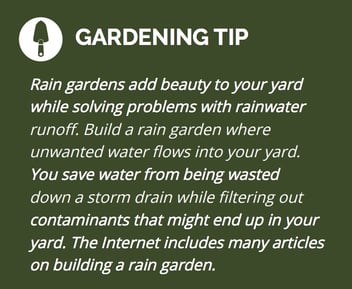 With native species in your yard, you maintain the balance of nature. To the gardeners’ benefit, natives are just as beautiful as any nonnative species you can choose.
With native species in your yard, you maintain the balance of nature. To the gardeners’ benefit, natives are just as beautiful as any nonnative species you can choose.
However, over the years that I’ve been landscaping, I’ve found that improving the soil is the best guarantee of healthy plants and lawn.
I recommend testing your soil to understand what’s in it and what’s not. This can save you time and money in the long run!
You may learn that your soil isn’t rich enough in nutrients for growing the plants you want to grow. You may have to add compost, top soil and other nutrients.
Let me take this opportunity to voice my concerns about the environment and what you as a homeowner can do to help your own family and the earth stay healthy.
I encourage you to avoid chemical fertilizers and weed controllers in your gardens and on your lawn. Consider using only natural fertilizers and supplements. Natural, or organic, fertilizers and compost will improve the soil as well as increase the beneficial microorganisms.
You may ask how I feel about chemical pesticides. In my own gardens, I depend on beneficial insects, such as ladybugs and green lacewings.
Some of my clients feel they need more protection. I suggest pesticides and fungicides approved by the Organic Materials Review Institute. For more information, search OMRI online.
But there are other pollutants than chemical fertilizers and pesticides. You might observe that rainwater runs from the street into your driveway and then into your yard.
Pollutants in water runoff from asphalt pavement and shingles can contribute to contaminants in your own yard— in addition to polluting public waters. Solutions include building rain gardens, swales, French drains, and berms.
Let’s end our tour by heading back to your deck so that we can have a panoramic view of your back yard. From there, we can consider the final and decisive element of your landscape design: the characteristics of your property.

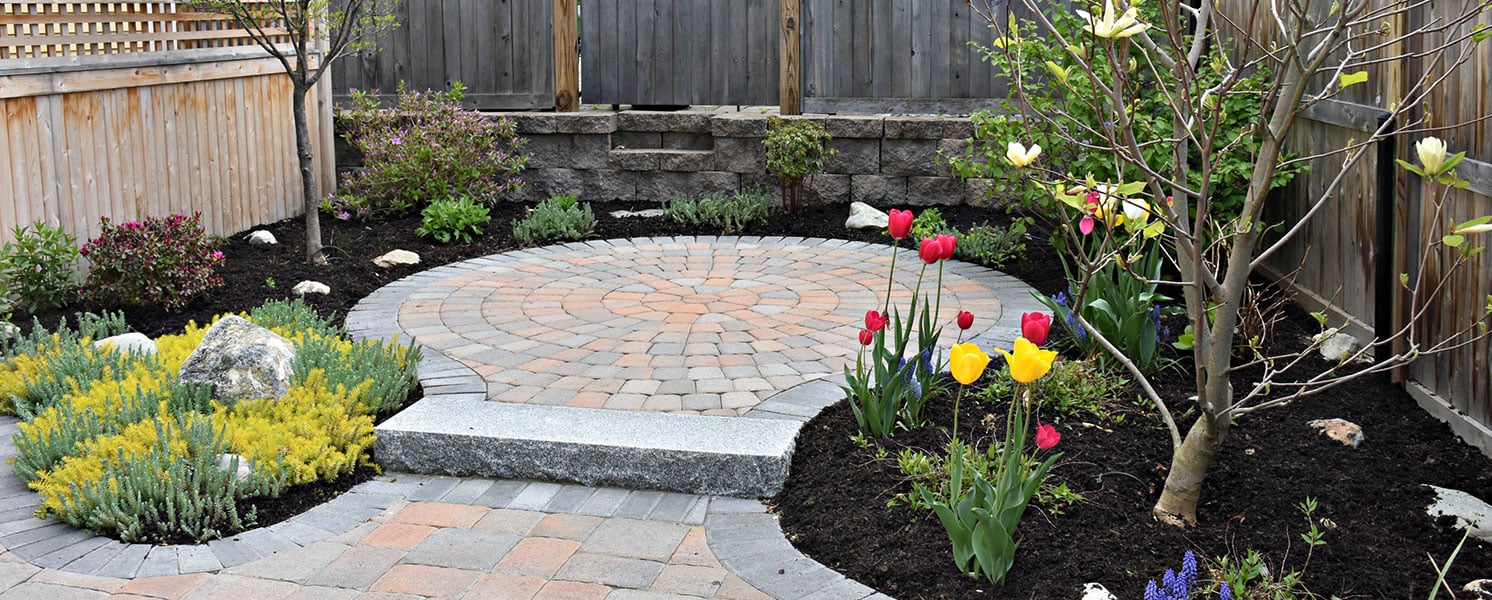
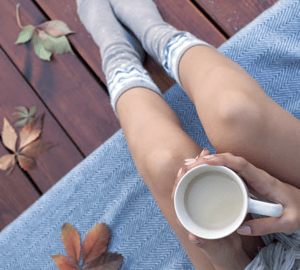 It’s a beautiful day—perfect for spending time in your own backyard. With something to drink in hand, you head outside. Settling into a lounge chair to relax, you quickly survey your yard. Then you begin to focus on each imperfection. The patio looks worn and tired. It’s not the right shape or in the best location. The plantings are scraggly with no color. And right in your line of vision, is your neighbor waving at you.
It’s a beautiful day—perfect for spending time in your own backyard. With something to drink in hand, you head outside. Settling into a lounge chair to relax, you quickly survey your yard. Then you begin to focus on each imperfection. The patio looks worn and tired. It’s not the right shape or in the best location. The plantings are scraggly with no color. And right in your line of vision, is your neighbor waving at you. Let’s imagine that I am visiting your home for the first time. Let’s take an imaginary tour of your outdoor living space. As we walk through your yard, I’ll explain to you the Eight Essential Elements of a Spectacular Outdoor Living Space.
Let’s imagine that I am visiting your home for the first time. Let’s take an imaginary tour of your outdoor living space. As we walk through your yard, I’ll explain to you the Eight Essential Elements of a Spectacular Outdoor Living Space.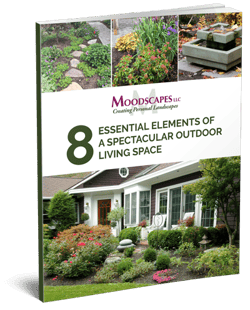
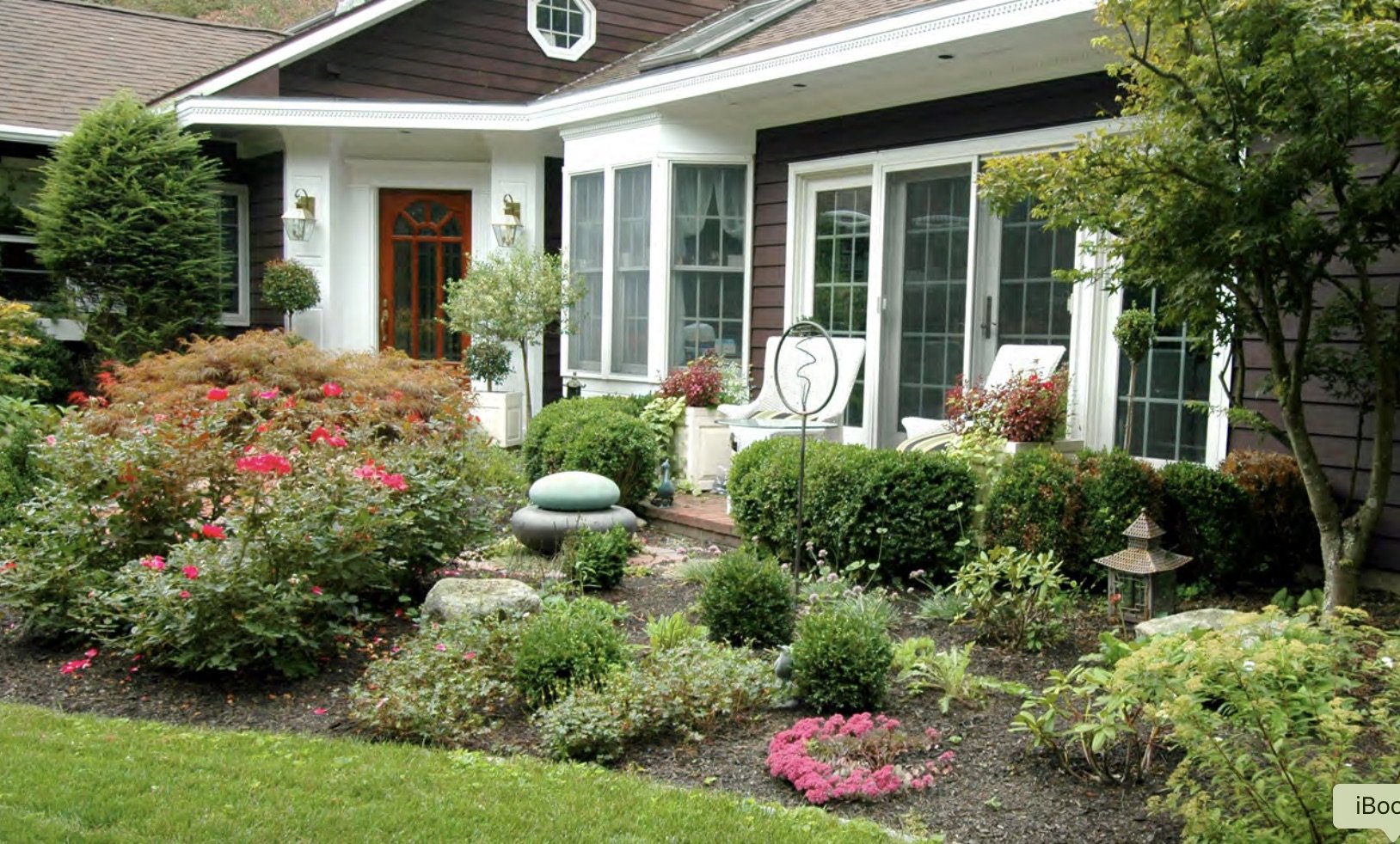
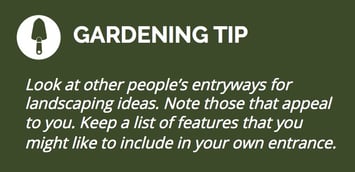 Good outdoor lighting is very important, not only for safety but to highlight your plantings and hardscape features such as statuary and planted pots. There are so many beautiful lighting fixtures to choose from.
Good outdoor lighting is very important, not only for safety but to highlight your plantings and hardscape features such as statuary and planted pots. There are so many beautiful lighting fixtures to choose from.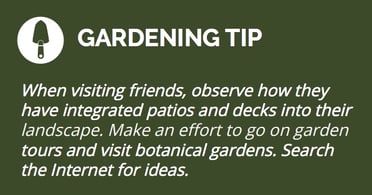 We walk around the corner of your home, past decorative shrubs and plantings that border the house. We head up the stairs to your deck and find a spot of shade where we can sit for a bit to survey your backyard.
We walk around the corner of your home, past decorative shrubs and plantings that border the house. We head up the stairs to your deck and find a spot of shade where we can sit for a bit to survey your backyard. 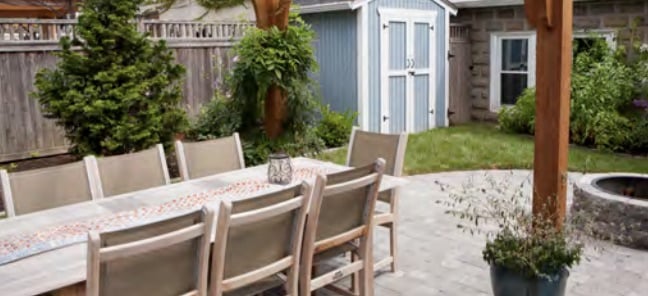
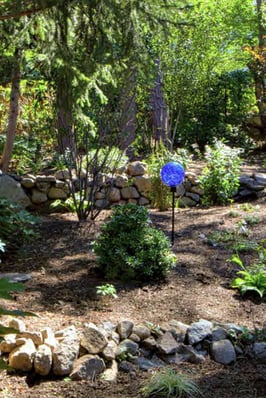 A private area, nestled among your gardens, where one or two people can relax and enjoy solitude brings many joys. Would you consider this as part of your overall outdoor plan? The benefits are many.
A private area, nestled among your gardens, where one or two people can relax and enjoy solitude brings many joys. Would you consider this as part of your overall outdoor plan? The benefits are many.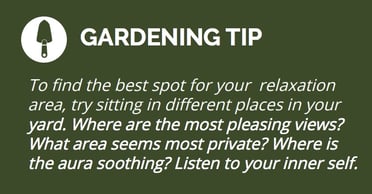
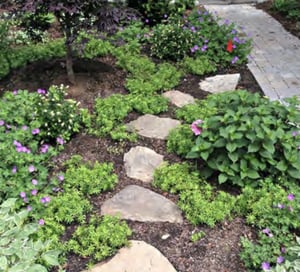 From our view on the deck, I notice that you have few open areas in your backyard. Many of your plantings have grown large and block the view of your gardens. What if you removed these plantings to make your yard more spacious?
From our view on the deck, I notice that you have few open areas in your backyard. Many of your plantings have grown large and block the view of your gardens. What if you removed these plantings to make your yard more spacious?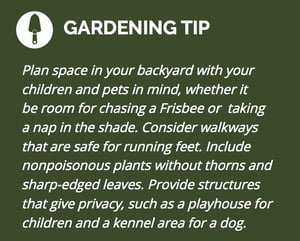 By the way, I notice that you have children and a dog. Places that are open for playing outside games, such as badminton and kick ball, will give children, as well as animals, room to run.
By the way, I notice that you have children and a dog. Places that are open for playing outside games, such as badminton and kick ball, will give children, as well as animals, room to run.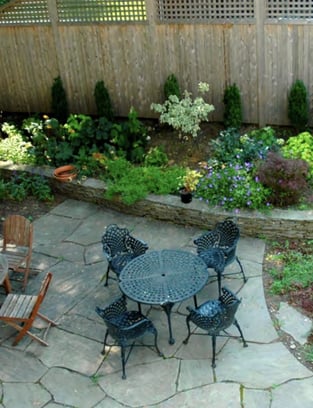 You’ve told me that you are bothered by the lack of privacy in your yard. A view of your neighbors, the street noises, and lights from the neighborhood may all hamper your privacy.
You’ve told me that you are bothered by the lack of privacy in your yard. A view of your neighbors, the street noises, and lights from the neighborhood may all hamper your privacy.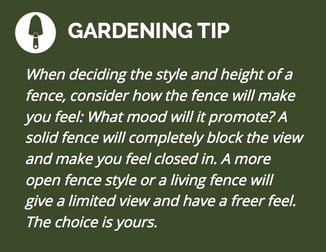 Trees throughout your yard absorb not only noise but also unwanted artificial light. The gurgling water features found in fountains, koi ponds, and waterfalls mask noise and add dramatic focal points.
Trees throughout your yard absorb not only noise but also unwanted artificial light. The gurgling water features found in fountains, koi ponds, and waterfalls mask noise and add dramatic focal points.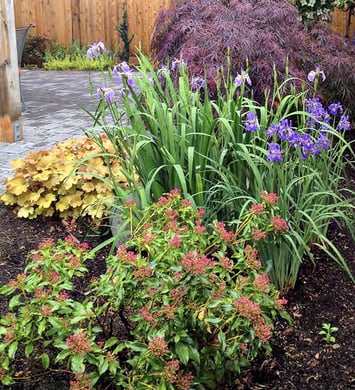 Do you consider yourself an ardent gardener or a reluctant one? Would you like to expand your gardens or are there already too many to maintain with ease? Perhaps you’d like to add fruit trees or a vegetable garden to your yard.
Do you consider yourself an ardent gardener or a reluctant one? Would you like to expand your gardens or are there already too many to maintain with ease? Perhaps you’d like to add fruit trees or a vegetable garden to your yard.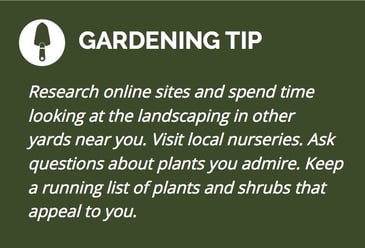 How do your plantings look from inside your house in all seasons? Your ornamental grasses have plumes that will blow in the wind and look lovely covered in snow. You could add plants and shrubs that have berries or interesting foliage or bark.
How do your plantings look from inside your house in all seasons? Your ornamental grasses have plumes that will blow in the wind and look lovely covered in snow. You could add plants and shrubs that have berries or interesting foliage or bark.
 With native species in your yard, you maintain the balance of nature. To the gardeners’ benefit, natives are just as beautiful as any nonnative species you can choose.
With native species in your yard, you maintain the balance of nature. To the gardeners’ benefit, natives are just as beautiful as any nonnative species you can choose.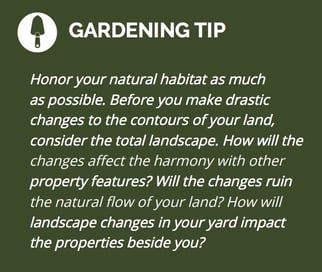 You’ve told me that ideally you’d like your back yard to be completely flat. Unlike your level front yard, your back yard is comprised of flat land close to your home with an upward slope that ends toward the back of your property.
You’ve told me that ideally you’d like your back yard to be completely flat. Unlike your level front yard, your back yard is comprised of flat land close to your home with an upward slope that ends toward the back of your property.